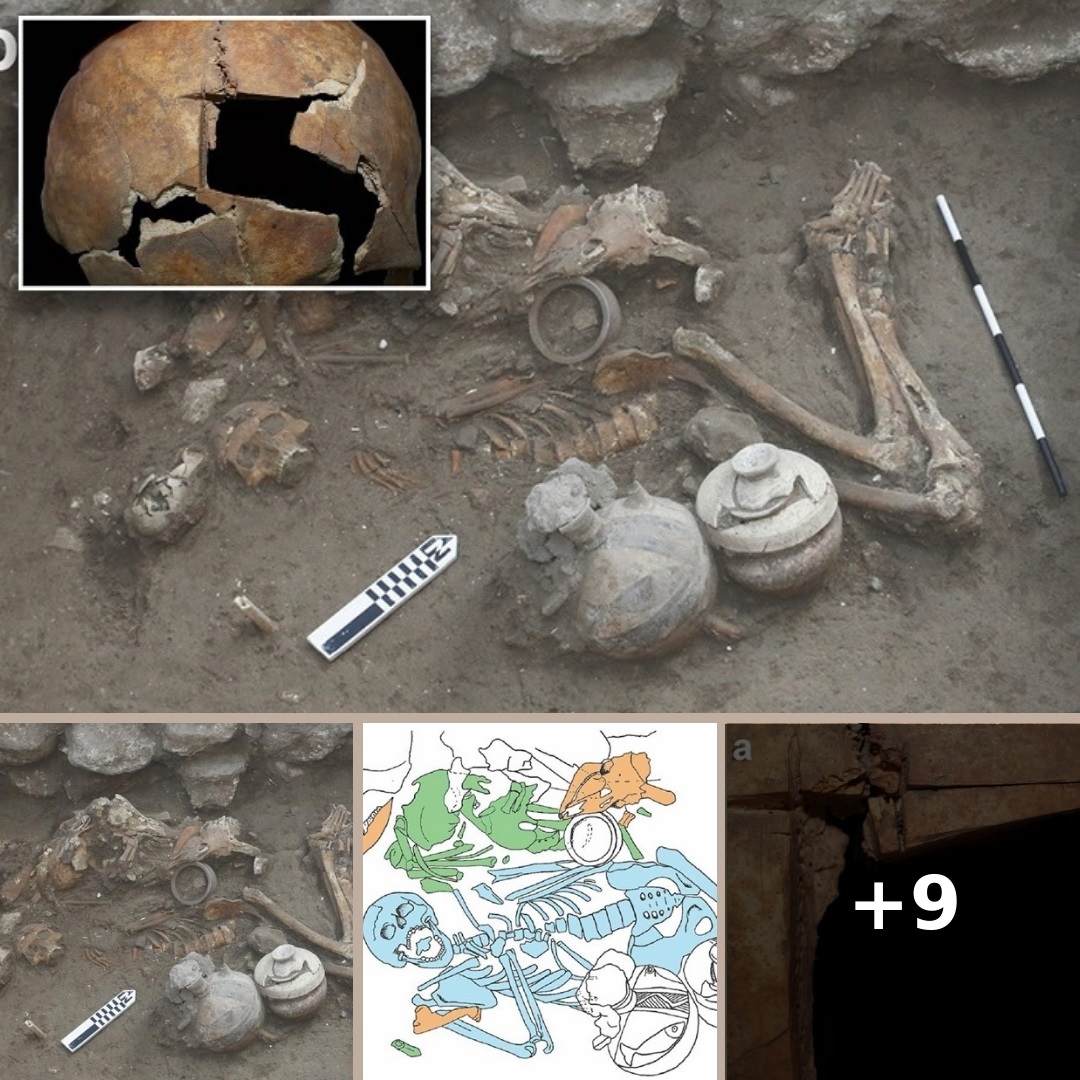When it comes to ancient medical techniques, people need to keep an open mind.
Thought going under the knife in the early 20th century was hardcore? US scientists uncovered evidence that people were undergoing a certain type of brain surgery as early as 3,000 years ago. A study detailing the mind-blowing find was published Wednesday in the journal PLos One.
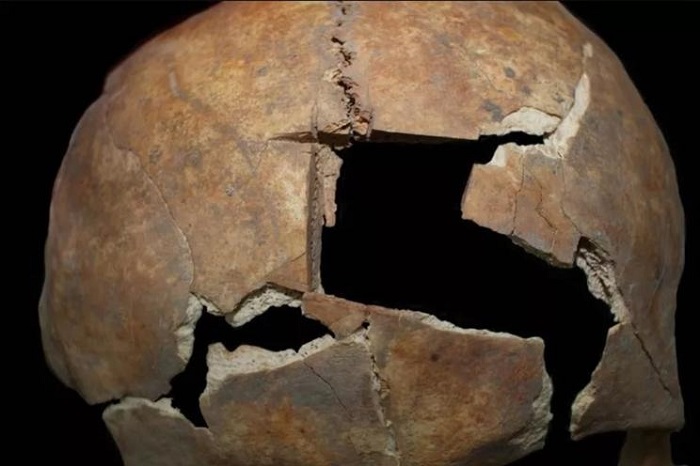
“You have to be in a pretty dire place to have a hole cut in your head,” said Rachel Kalisher, a Ph.D. candidate at Brown University’s Joukowsky Institute for Archaeology and the Ancient World, Science Daily reported.
She and her team had analyzed the remains of two upper-class brothers who lived in the city of Megiddo, now part of northern Israel, around the 15th century BC, per the study. Before one of the brothers died, he’d reportedly undergone a cranial operation called an angular notched trephination — the oldest known surgery dating back 3,500 years to China. This Bronze Age neurosurgery involved slicing the scalp and using a sharp, beveled-edge instrument to carve four intersecting lines on the frontal bone of the skull.
Accompanying photos show the skull of the patient, which has a 1.2-inch square hole cored into it like a skeletal sunroof. The missing bone fragments were later found in the man’s grave along with Cypriot pottery, food and other valuable possessions.
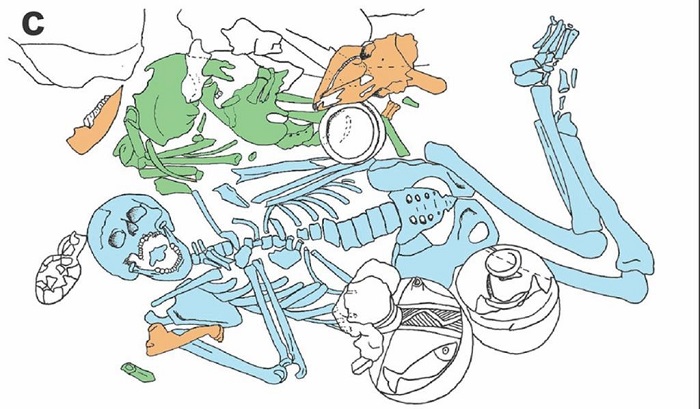
While this “Hannibal”-esque operation was the norm for thousands of years, it was the earliest example of its kind in the region, where this cranial perforation was comparatively rare. “In the Near East, we don’t see it so often — there are only about a dozen examples of trephination in this entire region,” explained Kalisher.
In fact, scientists deduced that the brothers were royals in part given that most Megiddo citizens at the time wouldn’t have had access to such a specialized treatment. Not to mention that the remains were found near a late Bronze Age palace.
“These brothers were obviously living with some pretty intense pathological circumstances that, in this time, would have been tough to endure without wealth and status,” explained the study author. She added that the ancient nobles’ were possibly able to “survive a severe illness longer because you have access to care.”
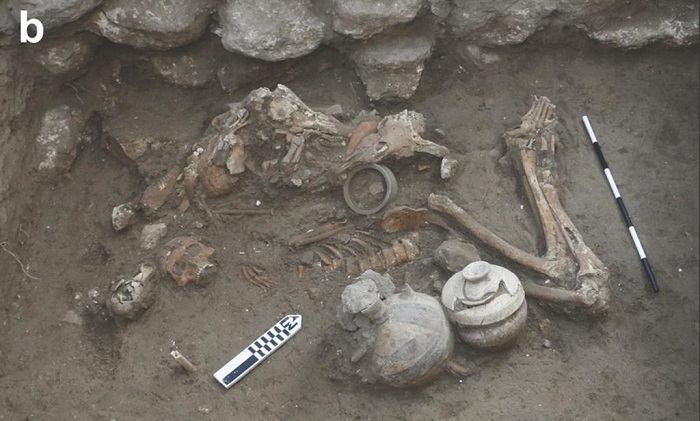
It’s unclear why the brother underwent a trephination, which was historically used to relieve cranial pressure or mitigate symptoms of epilepsy and sinusitis. Kalisher suspected his condition had to be pretty serious to seek out a Bronze Age brain surgeon.
The delayed autopsy did reveal that the blue-blooded siblings suffered from several skeletal aberrations. “The older brother had an additional cranial suture and an extra molar in one corner of his mouth, suggesting he may have had a congenital syndrome such as Cleidocranial dysplasia,” the press release read. “Both of the brothers’ bones show minor evidence of sustained iron deficiency anemia in childhood, which could have impacted their development.”
They suspected that the bros likely perished from an infectious disease such as tuberculosis or leprosy. Either way, the surgery was unsuccessful given that the patient reportedly perished shortly thereafter.
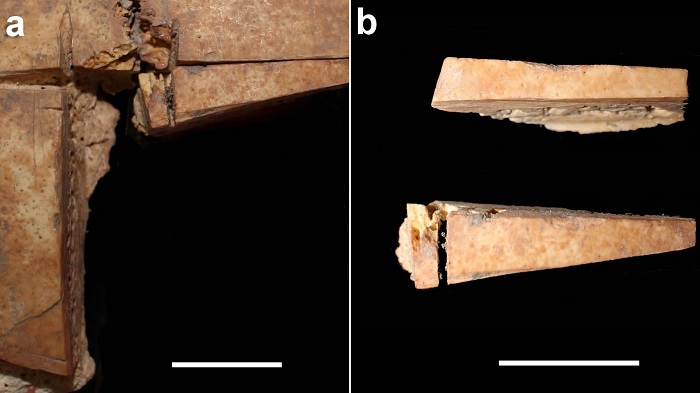
Kalisher said she hopes to shed more light on the procedure by examining “every example of trephination in antiquity, comparing and contrasting the circumstances of each person who had the surgery done.”
The discovery, for one, does seem to suggest that ancient medical care was less cold and primitive than previously thought. “In antiquity, there was a lot more tolerance and a lot more care than people might think,” she declared of this supposed Bronze Age bedside manner.
This isn’t the first recent find that seemed advanced to the point of anachronism. Earlier this month, scientists revealed they’d discovered a 2,400-year-old flushable stone toilet in China — possibly the first ever — which evoked something out of the Flintstones.
